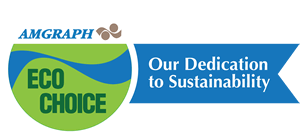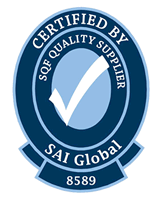Even if you put it in your recycling bin, it might still wind up in a landfill
We’re all doing our best, right? We try to sort out our recyclables and put them where they belong—but the truth is a lot of it still ends up in landfills. National Geographic recently examined why recycling doesn’t always get recycled, and they offered some good tips for more successful recycling efforts.
The article points out that, in general, our country does the best with recycling paper and the worst with recycling plastic. One of the ways we can help to improve our success rate is by understanding the markings on plastic containers. No, just because it has a triangle with arrows doesn’t mean it’s recyclable. The number inside the triangle indicates the item’s “resin code,” which determines whether or not in can go in your consumer recycling bin. The article provides some helpful guidance.
Keep plastics with number three, four, six, and seven out of your bin, because they are more likely to be dumped in a landfill (and mixing them in with recyclables can cause several problems). These types of items include bubble wrap, shopping bags, and flexible food packaging. Quoted in the article, Darby Hoover, a recycling expert at the Natural Resources Defense Council, said, “One of the biggest problems is called ‘wish-cycling,’ where we wish something could be recycled so we put it in the recycling bin and cross our fingers.”
Another change they suggest for increasing the odds of your recycling getting recycled is making sure you keep your bin free of contamination from food, dirt, or chemicals. Paper, for example, is best processed when it’s clean, and any food particles or moisture on other recycled items could mean that paper never gets recycled. That’s why greasy pizza boxes, for example, typically go in the trash instead.
Check out the full article, with lots of helpful suggestions.
Keeping our trash out of landfills is a noble goal, and it’s something we all want to be more successful at. That’s been our mission at AMGRAPH for decades now—and as the science advances and our understanding of the recycling process gets better, we always endeavor to stay on the cutting edge.
If you are looking to redesign your packaging to be more friendly for consumer recyclers, we can help! We’ll show you how you can eliminate materials that are hard to recycle or that contaminate the recycling stream. Together, we’ll help you meet your earth-friendly objectives!









